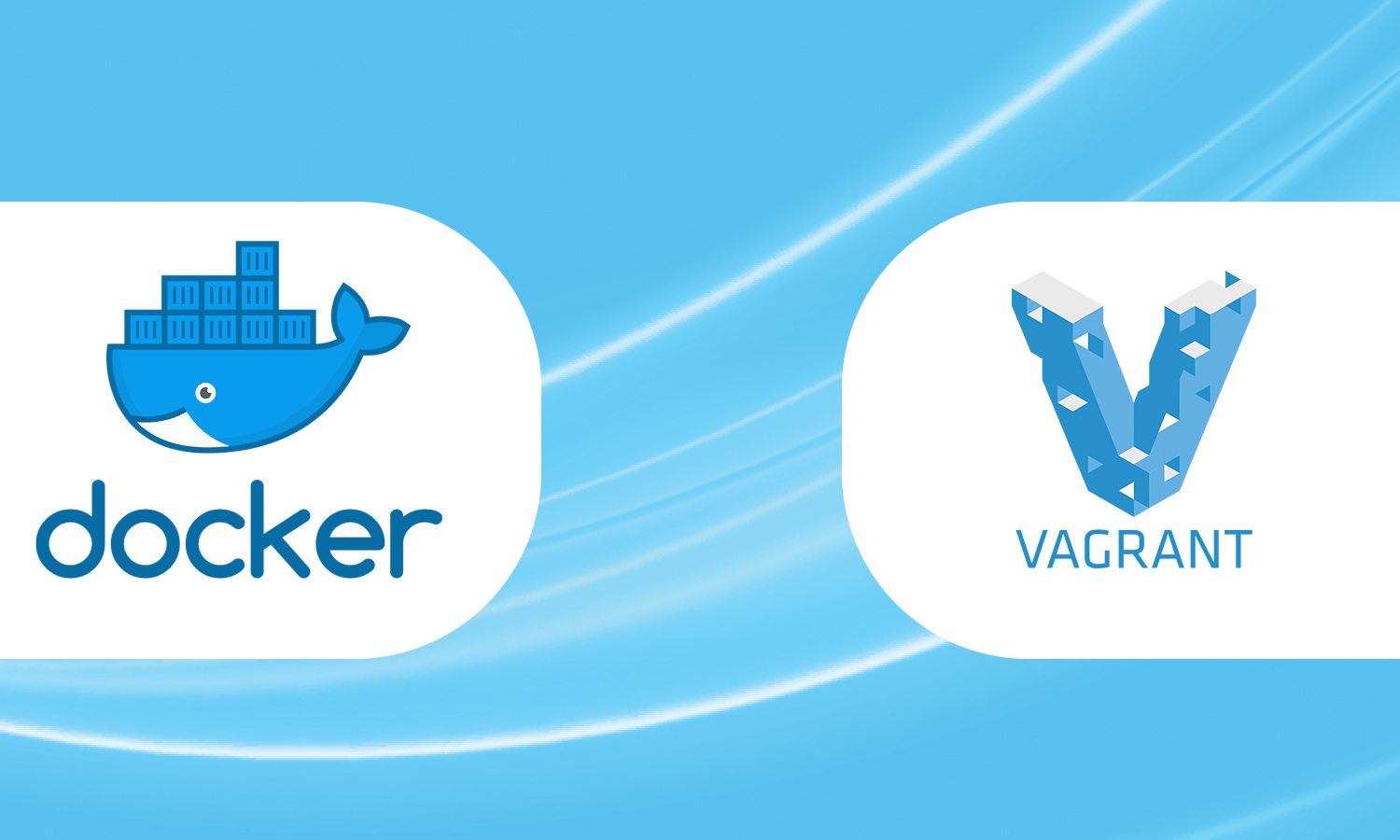AWS Lambda vs. AWS Elastic Beanstalk: Choosing the Right Deployment Strategy
In the vast landscape of cloud computing, Amazon Web Services (AWS) provides a plethora of services to cater to different application deployment needs. Two frequently used services for application deployment on AWS are AWS Lambda and AWS Elastic Beanstalk. Although both services are formidable in their own right, they serve distinct purposes and come with unique advantages. This blog post aims to delve into the differences between AWS Lambda and AWS Elastic Beanstalk while providing you with a clear comparison to make an informed decision tailored to your specific project requirements.
AWS Lambda: The Serverless Marvel
AWS Lambda stands as a potent serverless compute service designed for executing code without the need for server provisioning or management. Its primary use case revolves around event-driven, ephemeral functions that respond to various triggers, such as HTTP requests, data changes, or messages from AWS services like S3 or DynamoDB.
AWS Elastic Beanstalk: The Managed Platform Powerhouse
In contrast, AWS Elastic Beanstalk is a Platform as a Service (PaaS) offering that simplifies the deployment and management of web applications and services. It abstracts away the intricacies of infrastructure management, allowing developers to concentrate solely on their application code.
http://informationarray.com/2023/09/06/aws-lambda-vs-amazon-ec2-a-comprehensive-comparison/
Comparative Analysis
Let’s embark on a comprehensive comparative journey between these two AWS services to help you pinpoint the one that aligns best with your specific use case:
| Aspect | AWS Lambda | AWS Elastic Beanstalk |
|---|---|---|
| Use Case | Event-driven, stateless, and short-duration functions | Web applications and services |
| Scaling | Automatically scales based on the number of invocations | Auto-scales based on traffic and resource utilization |
| Compute Resources | No direct control over the underlying infrastructure | Limited control over infrastructure |
| Language Support | Supports multiple programming languages | Supports multiple programming languages |
| Deployment | Deploy individual functions | Deploy entire web applications |
| Cold Starts | May experience cold starts | Rarely experiences cold starts |
| Pricing | Pay per request and execution duration | Pay for EC2 instances and additional resources |
| Monitoring and Logging | Integrated with AWS CloudWatch and X-Ray | Integrated with AWS CloudWatch and X-Ray |
| Management Complexity | Low complexity, easy to manage | Moderate complexity, AWS resources management required |
| Environment Configuration | Limited to environment variables and layers | Flexible environment configuration |
When to Opt for AWS Lambda
- Select AWS Lambda when your project involves small, event-triggered functions requiring rapid execution in response to specific events, such as image processing, data transformation, or file uploads.
- If the idea of relinquishing server management responsibilities and paying solely for compute time resonates with you, AWS Lambda is a cost-effective choice.
- When your application must handle varying workloads that necessitate swift and automatic scaling.
When to Opt for AWS Elastic Beanstalk
- AWS Elastic Beanstalk is your go-to when deploying web applications or services that necessitate a comprehensive runtime environment.
- If you require greater control over the infrastructure and environment configuration of your application.
- For applications with extended execution times that demand uninterrupted server availability.
In conclusion, AWS Lambda and AWS Elastic Beanstalk are formidable tools within the AWS ecosystem, each catering to specific use cases. When making your choice, carefully assess your project’s distinct requirements. AWS Lambda is ideal for serverless architectures catering to event-driven functions, while AWS Elastic Beanstalk suits the deployment of full-fledged web applications that require enhanced control over the environment. Ultimately, your decision should hinge on your project’s intricacy, budget, and specific needs. AWS offers the flexibility to select the right tool for the job, ensuring you can deliver robust and efficient applications to your end-users.









